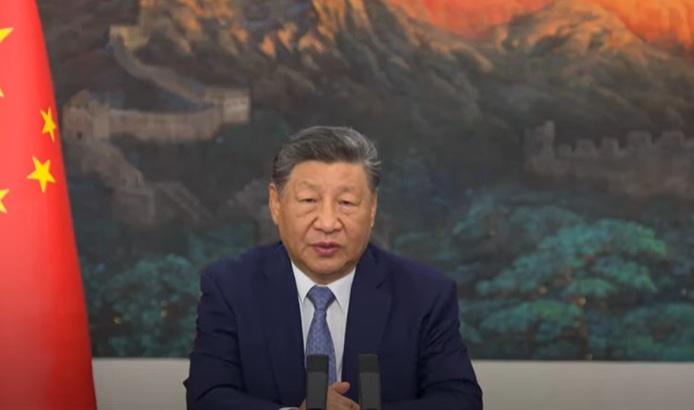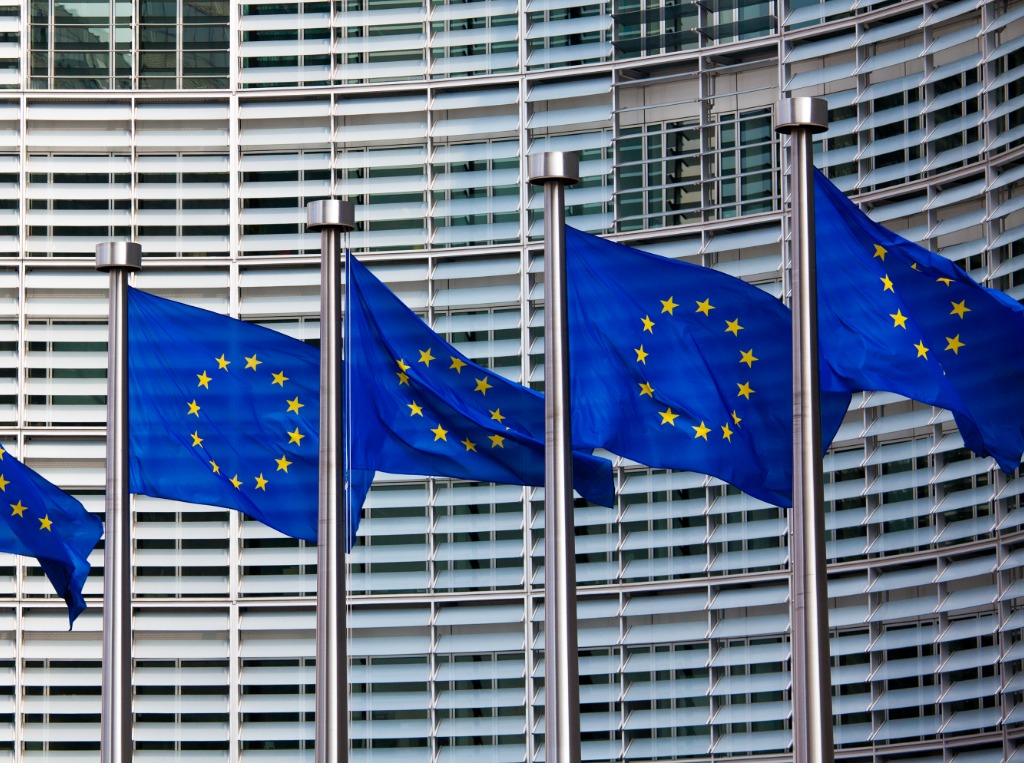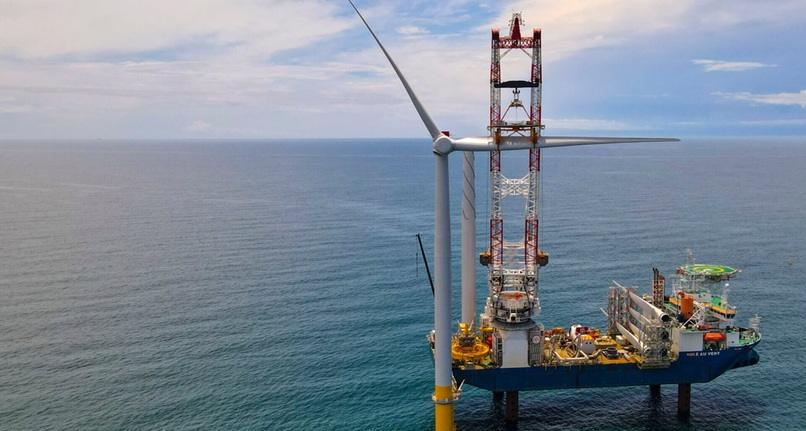China Sets its First-Ever Absolute Emissions Reduction Goal
China’s President Xi Jinping announced a series of new interim climate goals, including a target to reduce economy-wide net greenhouse gas (GHG) emissions by 7%-10% from peak levels by 2035, marking the country’s first-ever absolute emissions reduction target.
Speaking by video in a speech to a UN Climate Summit, President Xi also announced 2035 targets to expand China’s installed capacity of wind and solar power to 3,600 gigawatts – more than six times 2020 levels – and to increase the share of non-fossil fuels in total energy consumption to over 30%.
The new emissions reduction goal will form China’s new Nationally Determined Contribution (NDC) under the Paris Agreement. NDCs are national climate action plans presented by each country under the agreement, and are required to be updated every five years with increasingly higher ambition. In 2021, China set targets to reach peak GHG emissions prior to 2030, and to achieve climate neutrality by 2060.
China produces more greenhouse gases than any other country, accounting for nearly 30% of GHG emissions in 2024, more than double that of 2nd place U.S.
While marking China’s first absolute emissions reduction goal, the new target falls well below those of other large countries, such as recent 2035 NDCs announced by Australia, with a goal to reduce GHG emissions by 62% – 70%, or Switzerland’s 65% target.
Several climate-focused groups expressed disappointment at China’s new targets, calling for greater ambition from the world’s top emitter.
Climate Action Tracker’s (CAT) China lead Norah Zhang said:
“Given China is both the world’s largest emitter and a leader in clean energy, this new target could have been a major opportunity for China to help the world reach the global climate goals. However, our calculations show the new target is unlikely to further drive down emissions, as China is already set to achieve this target with the policies it has in place. This is disappointing as China has the opportunity to decarbonise faster.“
CAT also pointed out that President Xi’s renewable energy goal was also less ambitious than current policy scenarios already suggest.
In the late days of the prior administration, U.S. President Biden also announced a goal to reduce GHG emissions by 61% – 66% by 2035, although President Trump has worked extensively to undo the Biden administration’s climate initiatives, and this week at the U.N called climate change “the greatest con job ever perpetrated on the world.”
Speaking the day after Trump’s remarks, Xi said:
“Green and low-carbon transition is the trend of the time. While some countries are acting against it, the international community should stay focused on the right direction, remain unwavering in confidence, unremitting in actions and unrelenting in intensity, and push for formulation and delivery on NDCs, with a view to providing more positive energy to the cooperation on global climate governance.”
In addition to the emissions reduction and clean energy targets, Xi also outlined a series of other climate-related 2035 goals, including scaling up total forest stock volume to over 24 billion cubic meters, making new energy vehicles the mainstream in the sales of new vehicles, and expanding the National Carbon Emissions Trading Market to cover major high-emission sectors.
Xi said:
“These targets represent China’s best efforts based on the requirements of the Paris Agreement. Meeting these targets requires both painstaking efforts by China itself and a supportive and open international environment. We have the resolve and confidence to deliver on our commitments.”





